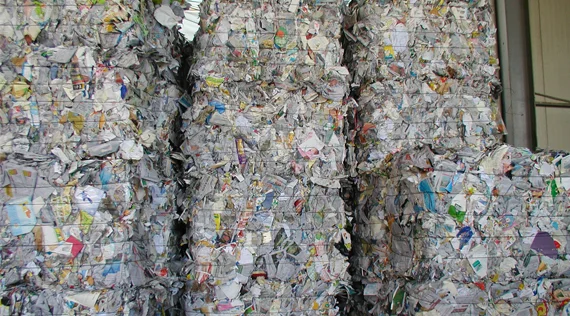
SPOKANE (Scrap Monster): The Association of Plastic Recyclers (APR) has unveiled the updated resource guide-‘APR Design Guide for Plastics Recyclability’. The new guide provides detailed description on the implications of new categories of products or containers in the recycling process. The new guide is more user-friendly and provides additional resources for designing packaging for recycling. The updated guide intends to have packaging that is designed to be compatible with the recycling infrastructure. The guide specifically addresses plastics packaging, but the principles in general are applicable to all potentially recycled plastic items. It identifies potential areas of improvement and encourages innovation in package design and recycling process equipment.
‘APR Design Guide for Plastics Recyclability’ covers plastic items entering the postconsumer collection and recycling systems most widely used in industry today. The collection methods covered in the guide include single stream and dual stream MRF’s, deposit container systems, mixed waste facilities, and grocery store rigid plastic and film collection systems. The primary concern of the report is the impact of package design on automated sortation process steps employed in a single stream MRF as well as high volume recycling processes. The guide has been prepared as a service to the plastics packaging industry to promote the most efficient use of the nation’s plastics recycling infrastructure.
According to Scott Saunders, Chairman of APR, the updated guide is the most comprehensive and user-friendly resource outlining the plastics recycling industry’s recommendations in the marketplace today. The content is updated to reflect today’s North American plastics recycling infrastructure, he added.
Meantime, John Standish, APR Technical Director noted that APR has made all attempts to solve industry challenges and communicate the value of post-consumer plastic resin through the newly released guide. He noted that products must be designed with recyclability in mind so as to help companies meet their sustainability goals and ensure a contamination-free recycling stream.
The APR Design Guide is itemized by package design feature. It discusses the recycling impact of each design feature in detail. The APR’s position on the design feature is broken down into four categories:
About APR
The Association of Plastic Recyclers is the national trade association representing companies who acquire, reprocess and sell the output of more than 90 percent of the post-consumer plastic processing capacity in North America. Its membership includes independent recycling companies of all sizes, processing numerous resins. APR strongly advocates the recycling of all post-consumer plastic packaging. APR promotes development of the plastics recycling industry by providing leadership for long-term industry growth and vitality.
| Copper Scrap View All | |
| Alternator | 0.32 (0.01) |
| #1 Copper Bare Bright | 3.77 (0.07) |
| Aluminum Scrap View All | |
| 356 Aluminum Wheels (Clean) | 0.73 (0.02) |
| 6061 Extrusions | 0.64 (0.02) |
| Steel Scrap View All | |
| #1 Bundle | 475.00 (0) |
| #1 Busheling | 495.00 (0) |
| Electronics Scrap View All | |